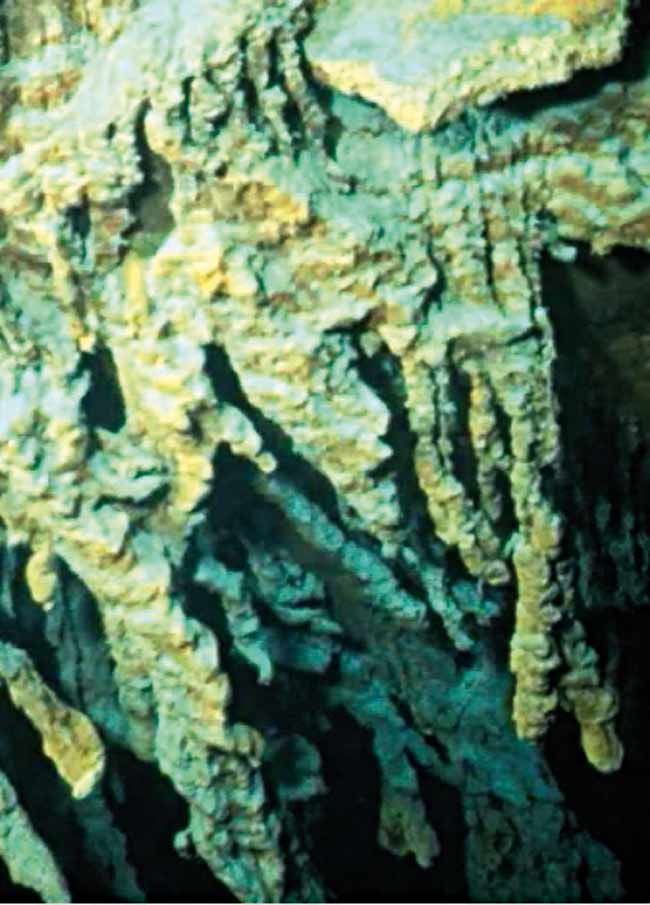
New Species of Rust-Eating Bacteria Destroying the Titanic

The wreckage of the RMS Titanic may soon be lost, thanks to a newly discovered rust-eating bacteria.
Researchers at Dalhousie University in Halifax, Nova Scotia, in Canada have been examining the bacteria eating away at the remains of the famous ship as it sits on the ocean floor.
Using DNA technology, Dalhousie scientists Henrietta Mann and Bhavleen Kaur and researchers from the University of Sevilla in Spain were able to identify a new bacterial species collected from rusticles (a formation of rust similar to an icicle or stalactite) from the Titanic wreck. The iron-oxide-munching bacterium has fittingly been named Halomonas titanicae.
The bacteria have critical implications for the preservation of the ship's wreckage.
"In 1995, I was predicting that Titanic had another 30 years," Mann said. "But I think it's deteriorating much faster than that now. Perhaps if we get another 15 to 20 years out of it, we're doing good ... eventually there will be nothing left but a rust stain."
The wreck is covered with rusticles; the knob-like mounds have formed from at least 27 strains of bacteria, including Halomonas titanicae.
Rusticles are porous and allow water to pass through; they are rather delicate and will eventually disintegrate into fine powder. "It's a natural process, recycling the iron and returning it to nature," Mann said.
Sign up for the Live Science daily newsletter now
Get the world’s most fascinating discoveries delivered straight to your inbox.
For decades following the ship's sinking in 1912, the Titanic's final resting spot remained a mystery. Discovered by a joint American-French expedition in 1985, the wreck is located a little more than 2 miles (3.8 kilometers) below the ocean surface and some 329 miles (530 km) southeast of Newfoundland, Canada.
In the 25 years since the discovery of the wreck, the Titanic has rapidly deteriorated.
While the disintegration of the Titanic makes preservation of the ship impossible, the bacteria doing the damage may be useful in accelerating the disposal of other old ships and oil rigs. Further, it could also help scientists develop paints or protective coatings to guard against the bacteria for working vessels.
While the loss of the wreck over time concerns Dan Conlin, curator of maritime history at the Maritime Museum of the Atlantic in Halifax, he notes scientists know much more about the Titanic than most shipwrecks.
"What is fascinating to me is that we tend to have this idea that these wrecks are time capsules frozen in time, when in fact there all kinds of complex ecosystems feeding off them, even at the bottom of that great dark ocean," Conlin said.
The researcher's findings will be published Dec. 8 in the International Journal of Systematic and Evolutionary Microbiology.
- Titanic Quiz: Fact or Fiction
- Plastic Bag Found Floating Near Titanic Shipwreck
- In Images: Shipwreck Alley's Sunken Treasure
This article was provided by OurAmazingPlanet, a sister site of LiveScience.











